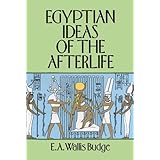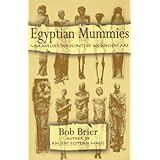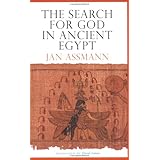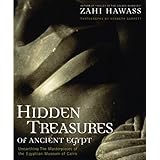
Average Reviews:

(More customer reviews)I ordered this book the moment that I became aware of its existence and that its subject matter focused on Nabta Playa. Previously, I had obtained Thomas Brophy's "The Origin Map" which also focused upon the Nabta Playa megaliths and the "Cowstone" found there. Prior to that I had eagerly devoured the online report by Fred Wendorf on the discovery and excavation of Nabta Playa. The revelation that semi-nomadic pastoralists had constructed such monuments during the Green Sahara period was fascinating to me.
Since information on that period seemed to be so sparse, I was eager for any additional scraps anyone might have written. My main interest in Egypt and North Africa in general lay in the times long before the rise of Ancient Egyptian civilization. Although I had visited Egypt, the dynastic periods did not hold the same fascination that it does for so many. Likewise, I could not care less what the skin pigmentation of the Ancient Egyptians may have been. I was, however, fairly certain that the source of Ancient Egyptian culture had been indigenous to Africa and would have been very surprised to learn that those people were very much different from those depicted in the rock art of the prehistoric Sahara. Thus the whole thrust of the "Black" part of the title was a non-starter for me and if I had thought the whole book was on the subject of the racial origins of the AE's, I would not have bothered reading it. Fortunately, it was not. And it is for that part that it rates the three stars from me. Had the book dwelled at greater length on the nomadic pastoralists and their culture in the Green Sahara, I might have given it two more. The sections on early exploration of the Sahara were equally interesting but also too brief for me.
The most intriguing idea brought up in the book was the matter of how the Nabta Playans had known of the bedrock formation from which they quarried the Cowstone, why they went to such lengths to carve it and why they would then rebury it. Wendorf, a staid mainstream archaeologist, presented a speculative scenario which which stopped just short of the paranomal. To me, it was a completely unsatisfactory one. Thomas Brophy's speculation that the Cowstone had been carved much, much earlier than the surface megalithic "henge" made considerably more sense from a rational point of view. This in itself is rather ironic coming from a book coauthored by a writer renown for his "alternative" theories, Robert Bauval.
Throughout this book it is difficult to tell when Brophy leaves off and Bauval picks up but it seems that a little over half way through, Bauval begins to dominate the writing as it turns to his astrotheological theories put forth in his previous books with Graham Hancock. Again, as the discussion turned to dynastic times, my interest waned but that's just me. I'm sure others will find it worthy of many more inconclusive, interminable arguments on the Ancient Egyptians and their culture.
The value of this book, to me lies in the presentation of more information on the predynastic and Neolithic periods of the Sahara. Compared to the later periods those times are vastly underreported, at least as far as the layman is concerned. I certainly appreciate the additional facts the authors have presented for us. My only complaint is that I wish Black Genesis had focused more on those Neolithic people but if it had, I imagine this would have been a very slim volume indeed. It is to be hoped that further expeditions into the deep desert will yield more books and revelations on this little known period and its people.
Click Here to see more reviews about:
Black Genesis: The Prehistoric Origins of Ancient Egypt Get 32% OFF
Get 32% OFF
Click here for more information about Black Genesis: The Prehistoric Origins of Ancient Egypt






















